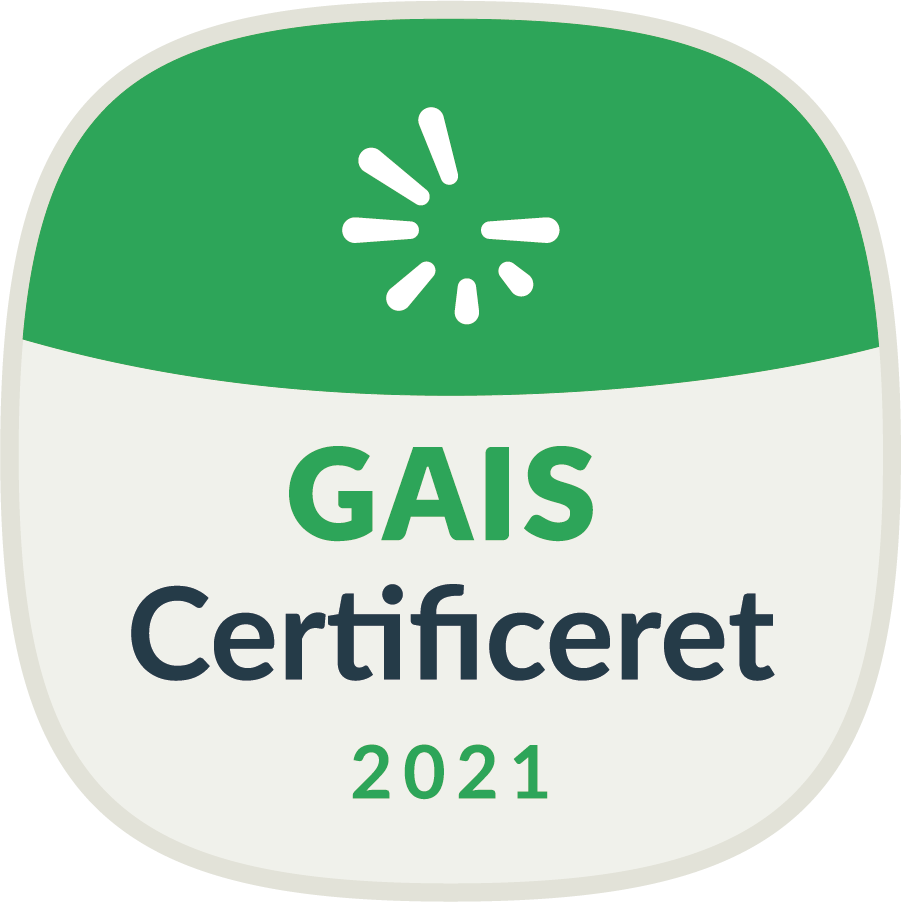A lot of people will tell you that they can only describe three emotions: happiness, sadness, anger. This can make it hard to understand and explain what you need – hence difficult to act or help.
This also applies in the workplace: when you talk about job satisfaction, there is not necessarily a common understanding of what is meant.
Some will find job satisfaction to be about being happy every day, having good colleagues and a nice, appreciative boss. Others think it’s about having a super-ambitious goal and a killer team working towards it. Others appreciate about the security from having a steady job, enabling the pursuit of dreams on your personal time.
This is all true for the individual, but how should a workplace and a leader act in a universe this rich and varied in understanding?
I frequently see initiatives to strengthen job satisfaction, where the intention is good but the mark is missed completely. A few examples:
- Development of a common ”team charter”; this is a great tool if collaboration is faltering, but won’t help if the boss is a tyrant.
- Subsidicing fitness memberships and providing fruit baskets in the office may be masked as initiatives to strengthen job satisfaction. In essence, these are hygiene factors, only contributing negatively if they are absent.
- Christmas parties and other social gatherings, where the idea is to get to know each other better across departments. May lead to huge frustrations and brand new crisis, especially if there is alcohol involved.
- Frequent 1:1 meetings. Great if you’re a new leader wanting to connect with your team, but won’t fix the absence of vision and strategy.
To be able to address job satisfaction constructively, we need knowledge and a common language. You don’t have to settle for ”anything goes”. I was recently certified in the platform GAIS, based on ”General Job Satisfaction Index” measured by statistics professionals since 2015. (This is not a commercial, I have no relationship to GAIS, am not a member of Krifa and paid for the education myself).
When you look at a large enough pool of numbers, you’ll begin to see patterns. And when you apply a health-focus (rather than the typical APV-sickness focus) you will have interesting results. GAIS identified 7 factors which impact job satisfaction: meaning, influence, mastery, achievements, leadership, colleagues and balance. The factors have varying impact on job satisfaction, and their weighting will shift over time.
GAIS can be used at no cost, also by businesses (you can see examples here of regular business clients).
When your satisfaction is measured according to 7 welldefined and benchmarked factors, you get a temperature for each (how are ”we” doing compared to ”others”). But even more importantly, you develop a common language for something that can otherwise be fluffy, and as a leader you are enabled to target the real problems rather than shooting generic initiatives into your team.
Reach out if you want to hear more, or check them out yourself directly.

